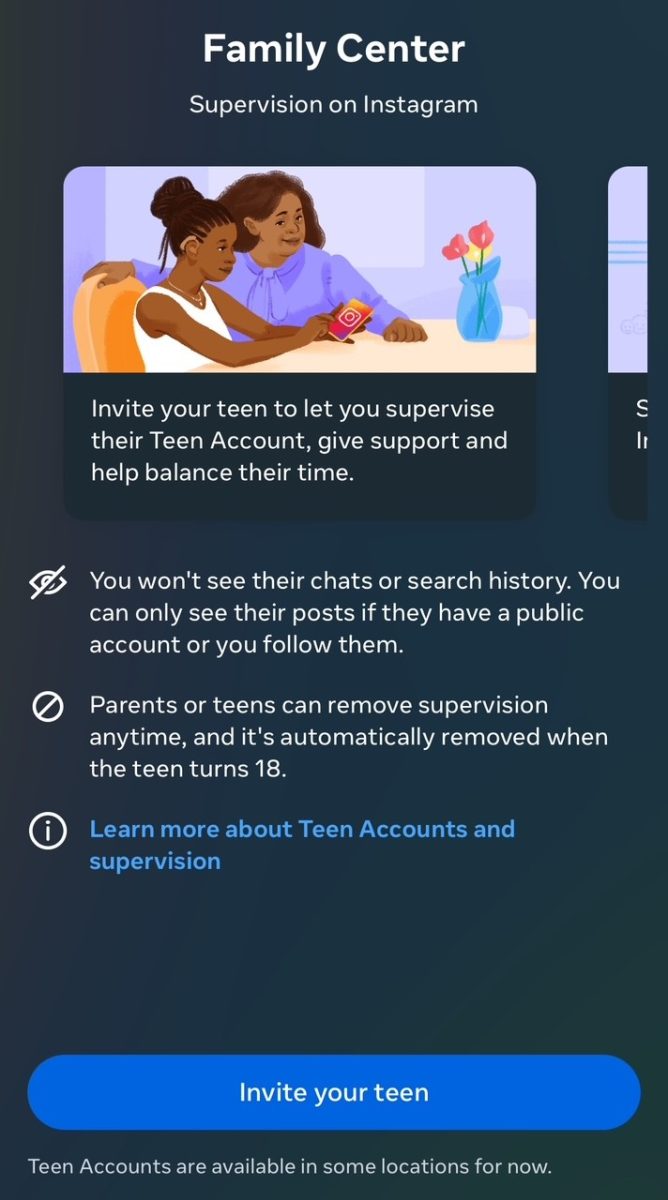On September 17th, 2024, Instagram announced that it will start protecting teenager’s accounts by implementing teen account settings for kids ages 13-17.
The new protection features Instagram is adding for teenagers include private accounts, restrictions on who you can send or receive messages to, content restrictions, time limit alerts, and muted notifications from 10pm-7am. Another feature included is parent managed accounts. Teens ages sixteen and up require parental approval to remove the settings, but parents could turn them back on at any moment. The protective features will take place on accounts within 60 days in the US, UK, Canada, Australia, and the European Union, and be activated in January 2025. The massive meta social media platform has the right idea in mind by wanting to protect the youth, however, lots of teenagers are convinced that these changes will have no effect on anyone.
“I think teens are going to bypass the new features,” junior Ahmantae Cheatum said, “because teens always find ways to get past a protection system.
While the safety features focus on restricting content kids are allowed to view, and having their parents manage them, students believe that the protections are not hitting a key mark in protecting the youth. They believe that there’s better ways the platform could focus on if they really wanted to protect teenagers.
“There are plenty ways Instagram could do a better job at protecting us.” junior Kim Garcia said. “One important way is to be more strict on cybersecurity and bullying.”
How effective these features are still having people in a toss-up. As Instagram is actively making changes to ensure app safety, some believe that Instagram and its users will not see an expected outcome.
“These new features won’t make a difference in how teens use the app. Most teens already have private accounts.” junior Darrell Maye said.
Overall, Instagram’s newly implemented teen safety features go beyond the efforts that other companies provide. However, among teenage students, there’s uncertainty as to how well these features will make a change on the platform, along with the question if Instagram is worried about minor problems to protect students from, rather than bigger issues like cyberbullying. Only time and trials will tell if these safety protection features prove to be effective or not.










